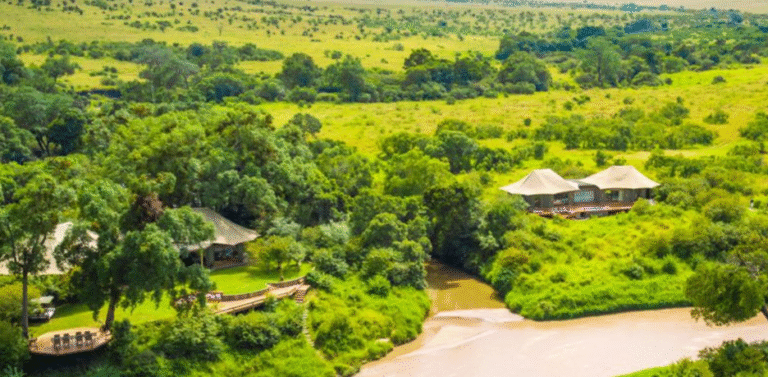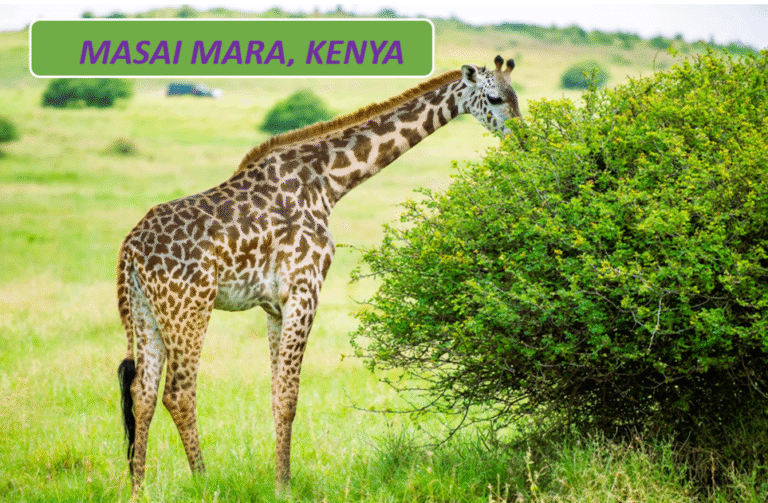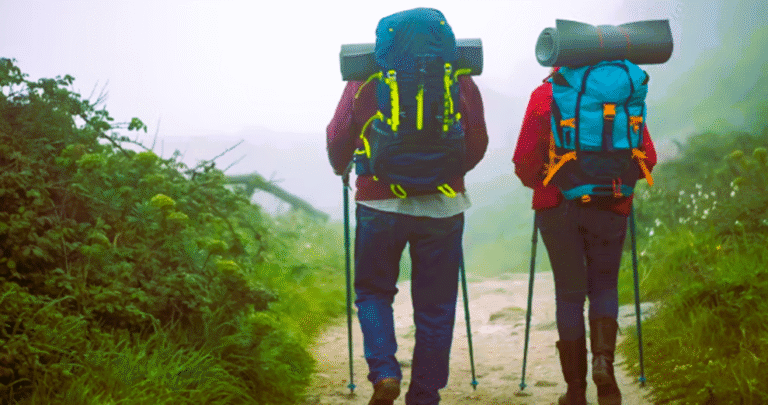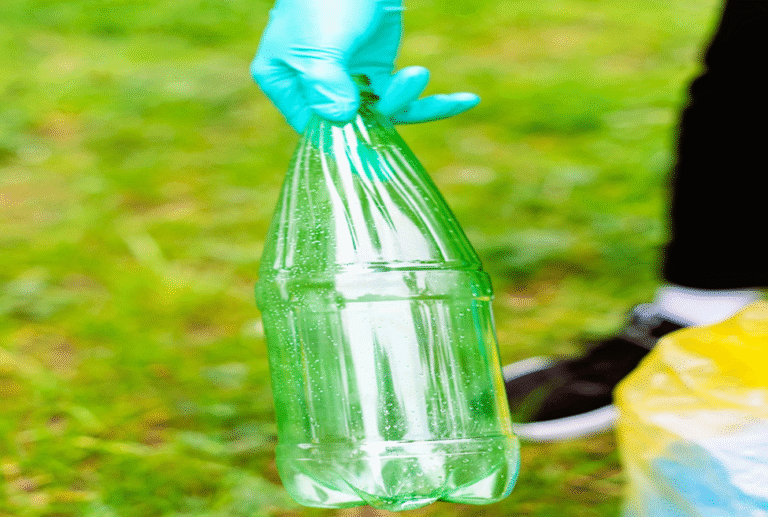
Hiking and trekking are popular pursuits for nature lovers, but each requires particular equipment. This article discusses the main distinctions in equipment required for these adventurous activities.
Understanding Hiking Gear
Hiking is often a day-long activity. Hikers need minimal gear for a successful hiking and trekking experience.
Footwear
Comfortable hiking shoes or boots are essential. They keep feet safe on tough terrain.
Clothing
Moisture-wicking apparel helps to regulate body temperature. Lightweight jackets guard against unexpected weather changes.
Backpacks and Essentials
A compact backpack holds water, snacks, and basic safety supplies. Sunscreen, hats, and sunglasses all protect against sun exposure. Maps and GPS gadgets are navigation tools that ensure safe paths while hiking and trekking.
Understanding Trekking Gear
Footwear: You need to wear comfortable trekking shoes or boots. They protect feet on difficult ground.
Clothing: which absorbs moisture assists in maintaining body temperature. Light jackets protect you from unforeseen shifts in weather.
Backpacks and Survival Gear
Large backpacks accommodate tents, sleeping bags, and sufficient food supplies. Trekkers require first-aid kits and water purification tablets. Trekking poles assist in maintaining balance on rough ground, which facilitates hiking and trekking.
Differences in Gear Requirements
When it comes to hiking gear, comfort and convenience come first. Trekking gear guarantees survival in challenging and isolated surroundings. This difference is important to stay safe and ready while hiking or trekking.
Choosing the Right Gear
When Hiking: Opt for lightweight equipment on short excursions. Put on clothes that are comfortable and shoes that are sturdy.
Trekking: Put on clothing that resists the weather. Be prepared for
unpredictable conditions.
Packing Tips for Hiking and Trekking
Hiking: Bring only the necessities and pack sparingly.
Wear weather-appropriate attire and bring plenty of water.
Trekking: Be prepared for anything.
Pack your bag evenly to help prevent getting tired.
Gear Maintenance Tips
1. Footwear: Footwear should be thoroughly washed and dried after each usage.
2. Backpacks: Inspect for damage and repair immediately.
3. Clothing: Clothing that is properly washed and stored will last longer.
Safety Practices for Gear Use
1. Test gear before trips.
2. Pack emergency supplies such as first aid kits.
3. Always have navigation tools with you.
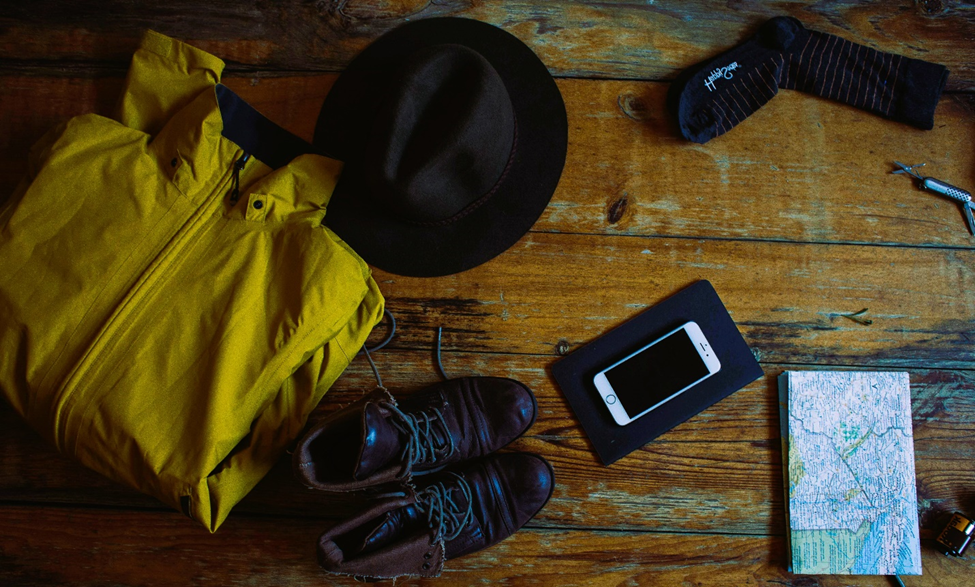
Hiking and trekking require different gear to overcome their unique hurdles. Selecting the suitable equipment ensures both safety and enjoyment. Plan and enjoy your hiking and trekking adventure.
FAQ’s
Why do hiking and trekking need different gear?
What are essential hiking items?
What makes trekking gear more complex?
Can I use trekking gear for hiking?
How do I maintain trekking gear?

